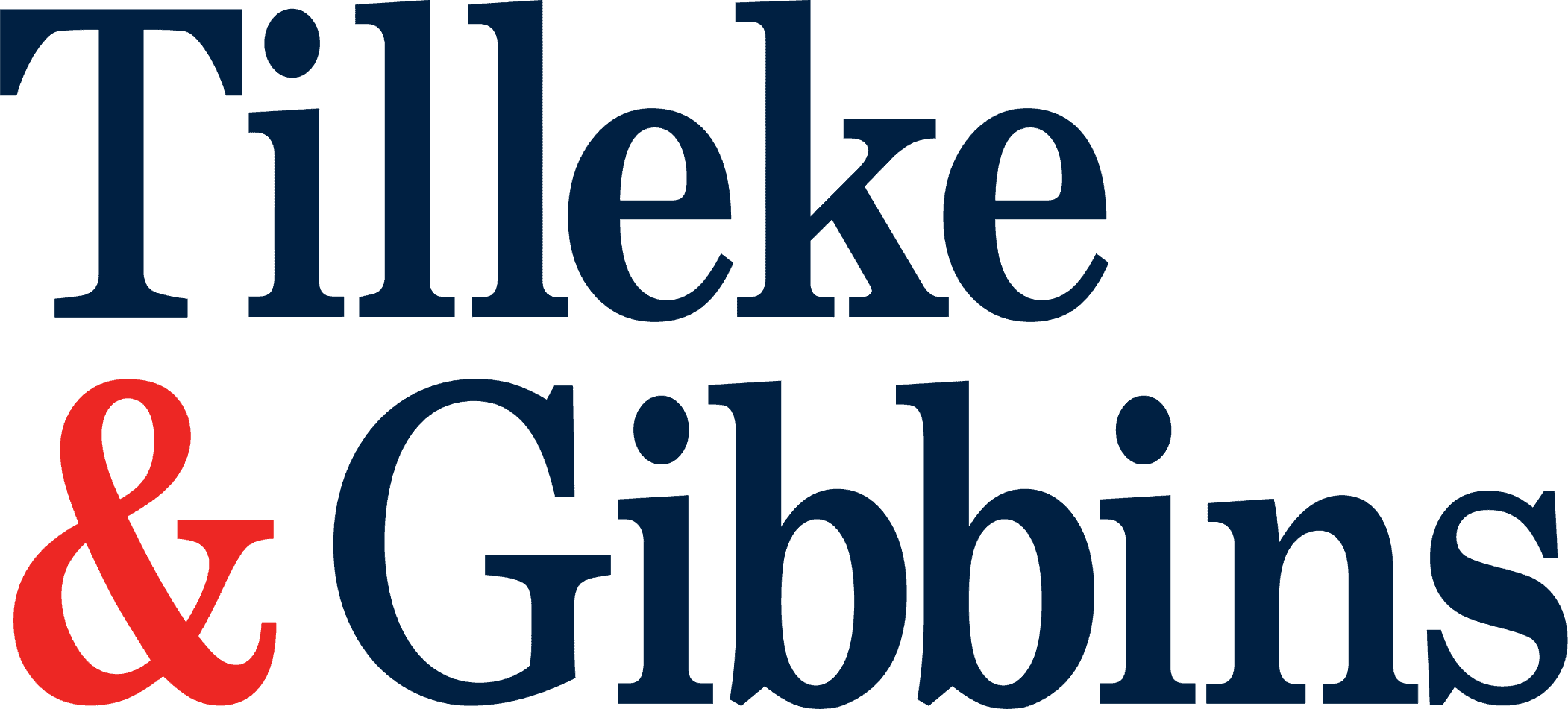
In Thailand, a business rehabilitation plan in court-supervised rehabilitation proceedings is a crucial element of the business rehabilitation process that outlines how a debtor’s assets will be managed. It also provides guidance for resolving a debtor’s business challenges so that the business can survive and continue to generate returns, increasing the likelihood that its creditors will be repaid.
Key Plan Components
The Bankruptcy Act B.E. 2483 sets forth the following components to be covered in a rehabilitation plan:
- The reasons for rehabilitation;
- Details about the debtor’s assets, liabilities, and other binding obligations at the time the court-ordered rehabilitation;
- Principles and methods of the rehabilitation;
- Redemption of collateral when there are secured creditors and guarantor liabilities;
- Ways to resolve problems arising from a temporary lack of liquidity during plan implementation;
- Action to be taken when a claim or debt is assigned;
- Name, qualifications, and letter of consent of the plan administrator, as well as information on compensation;
- Appointment and release of the plan administrator;
- Period in which the plan will be implemented (maximum of five years); and
- Refusal of the debtor’s assets or refusal of contractual rights if the debtor’s assets or contractual rights have obligations that exceed the benefits they yield.
Considering the diverse nature and challenges of each debtor’s business, the details listed here are only general guidelines for what should be included in a rehabilitation plan. The planner has the flexibility to create a plan with different details or guidelines than those outlined above to best suit the nature and challenges of the debtor’s business. The planner can also omit some of the mentioned requirements if they are not relevant to the debtor’s business.
Concerns of Relevance
Court approval of the rehabilitation plan. Once the plan is approved by a meeting of the creditors, it is necessary to obtain approval from the court for the plan to become enforceable. To this end, the court will review the process leading up to the creditors’ approval, the resolution of the creditors, and the interests of all parties involved, as well as the following conditions for approving the plan to determine whether to accept it.
- Whether the rehabilitation plan contains complete particulars (see list above).
- Whether the plan’s proposals for debt repayment offer equal treatment to creditors in the same group unless the creditors treated disadvantageously in that group have given written consent.
- Whether the successful implementation of the plan will result in creditors receiving payment of not less than what they would have received if the court had adjudged the debtor bankrupt. To this end, the planner must provide a comparison of the amount of the expected repayment to creditors under the plan and the amount creditors would receive if the debtor was declared bankrupt. This may be evaluated by assessing the value of the debtor’s assets as if they were sold at an auction after the hypothetical liquidation.
The court must also consider explanations from the official receiver and the planner, as well as objections raised by the debtor or the creditors.
Court approval and legal binding effect. Once approved by the court, the plan becomes legally binding for all creditors who have applied for debt repayment and are entitled to receive repayment—regardless of whether they approved or objected to the plan.
Revision of the plan after court approval. The law allows the plan to be revised during the following two periods:
- Prior to the creditors’ meeting for approval of the plan: Before the creditors’ meeting for approval of the plan, a creditor, debtor, or planner may submit an application to the official receiver at least three days prior to the meeting to suggest a revision to the plan.
- After the court’s approval of the plan: If a revision of the plan is deemed necessary to facilitate its completion, only the plan administrator is authorized to propose such a revision. Both the creditors and the debtor are prohibited from suggesting modifications to the plan without the prior consent of the plan administrator. For the court to approve of plan revisions, the same conditions taken into account for approval of the initial plan as set out above are also applied.
For example, Supreme Court judgment no. 360-361/2567 addressed a situation where the plan administrator seeks to modify the plan by adjusting the debt repayment allocation and requests an extension of the original plan’s implementation period. In the proposed revised plan, creditors would receive reduced principal payments compared to the original plan. The court ruled that the plan administrator must demonstrate that, under the revised plan, creditors will receive no less than what they would have received if the debtor had been adjudged bankrupt. In this case, the plan administrator failed to do so and the court declined a proposal to amend the plan due to the fact that the amount of debt some creditors would receive was less than if the debtor were adjudged bankrupt. Consequently, the creditors and debtors were obliged to adhere to the original plan approved by the court.
Closing Comments
Tilleke & Gibbins is an experienced advisor to business operators involved in court-supervised business rehabilitation proceedings. If you have additional comments or questions, please contact Tilleke & Gibbins at [email protected].


